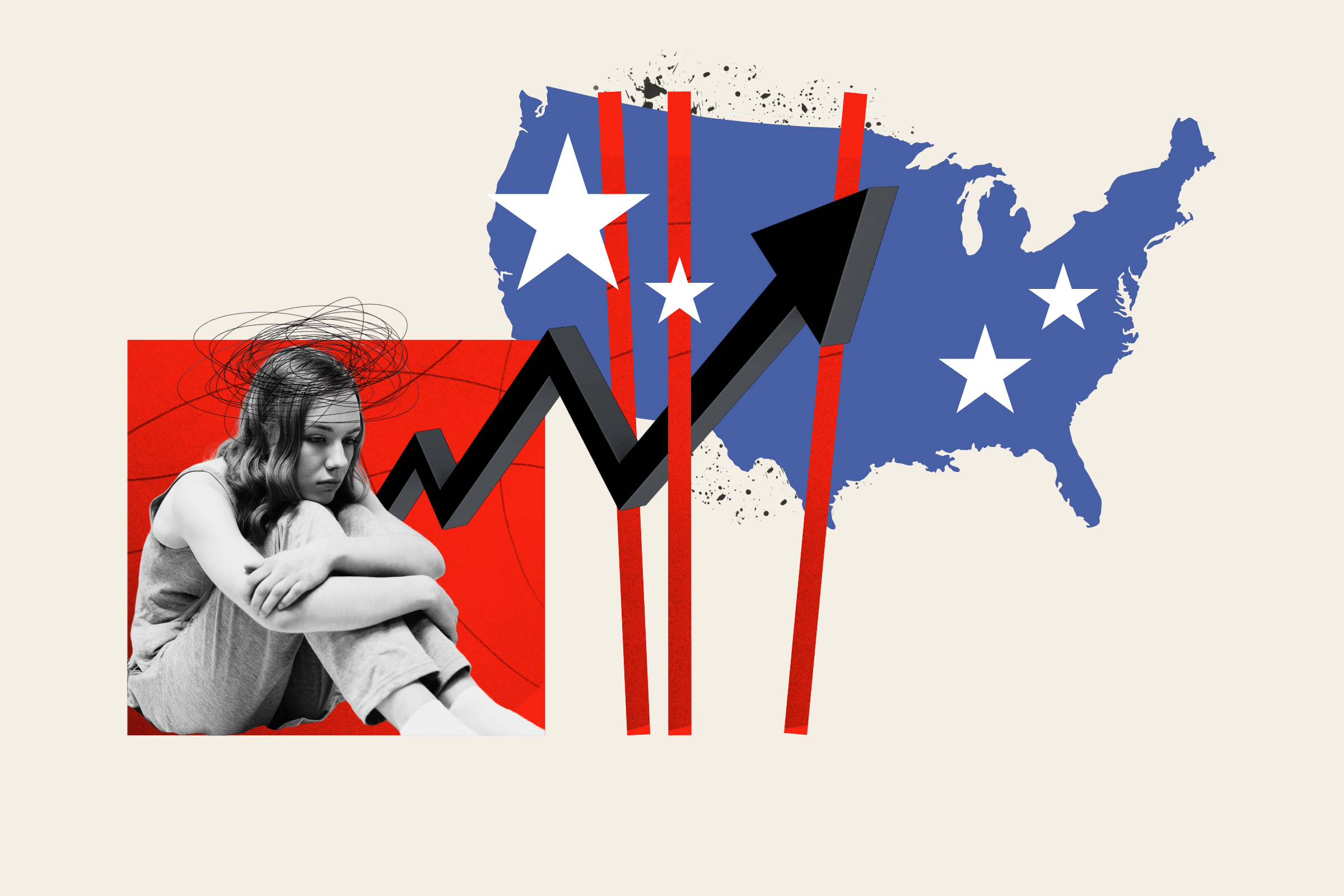Summary
Depression levels in the U.S. have been historically high, affecting more than 18% of adults over the past two years. This is a notable increase compared to 2015, when the rate was just over 10%. The rise has been linked to factors like genetics, health issues, stressful events, and social isolation, with the COVID-19 pandemic playing a significant role.
Key Facts
- More than 18% of U.S. adults currently have or are being treated for depression.
- In 2015, around 10% of U.S. adults reported depression, showing a significant increase over the years.
- The COVID-19 pandemic in 2020 marked a major increase in depression rates.
- Depression affects a person's mood, behavior, and daily activities.
- Common risk factors for depression include genetics, stress, and social isolation.
- The World Health Organization says up to 1 billion people globally have mental health disorders.
- The U.S. has seen an increase in depression since the onset of the pandemic due to stress and changes in social structures.
- The shift to remote work and ongoing social isolation since the pandemic are contributing factors.
